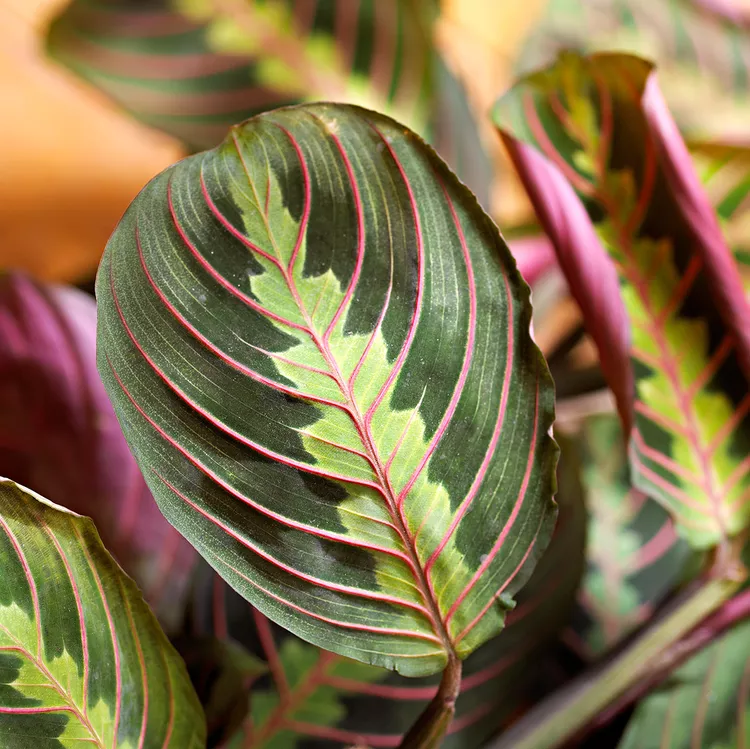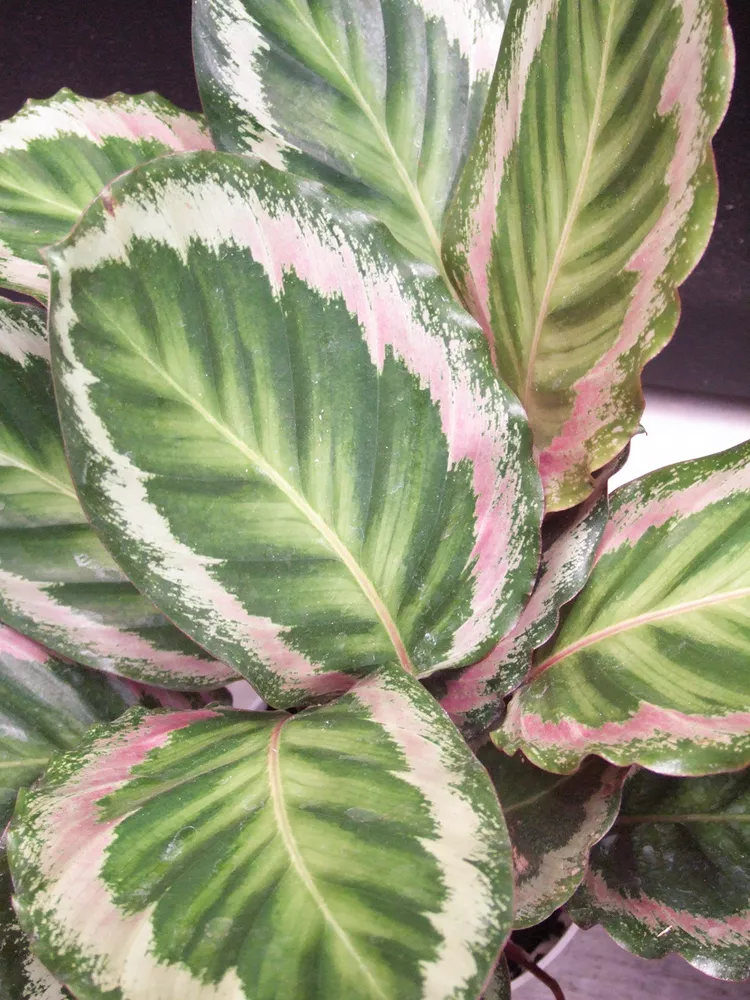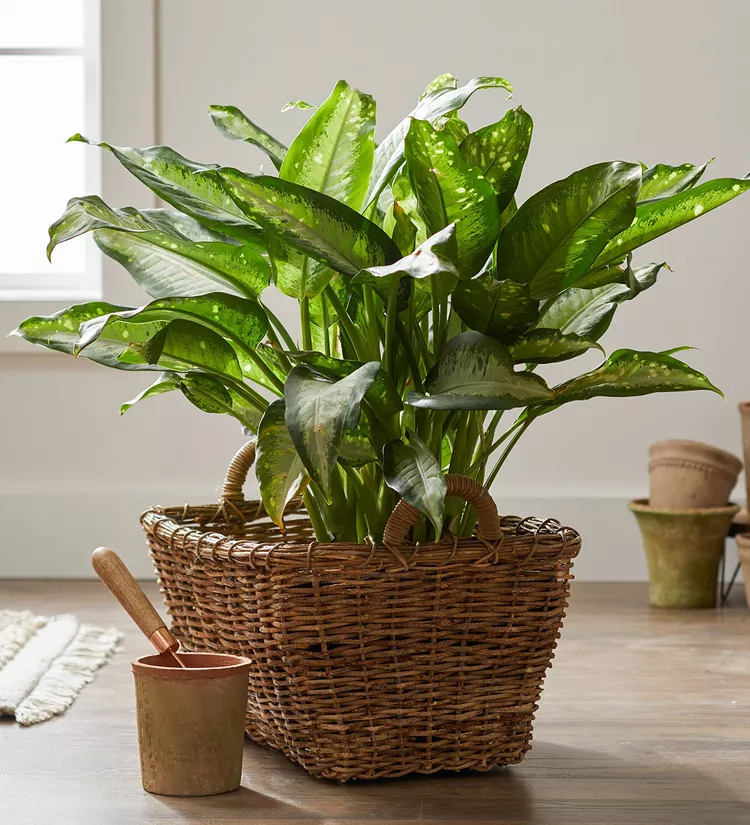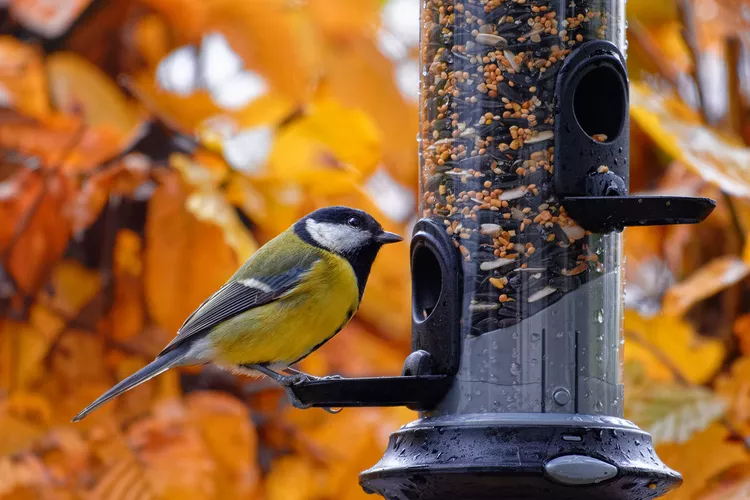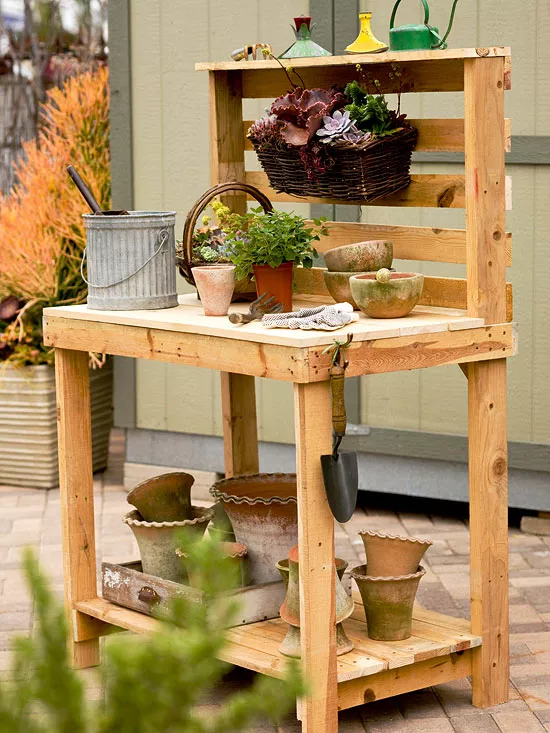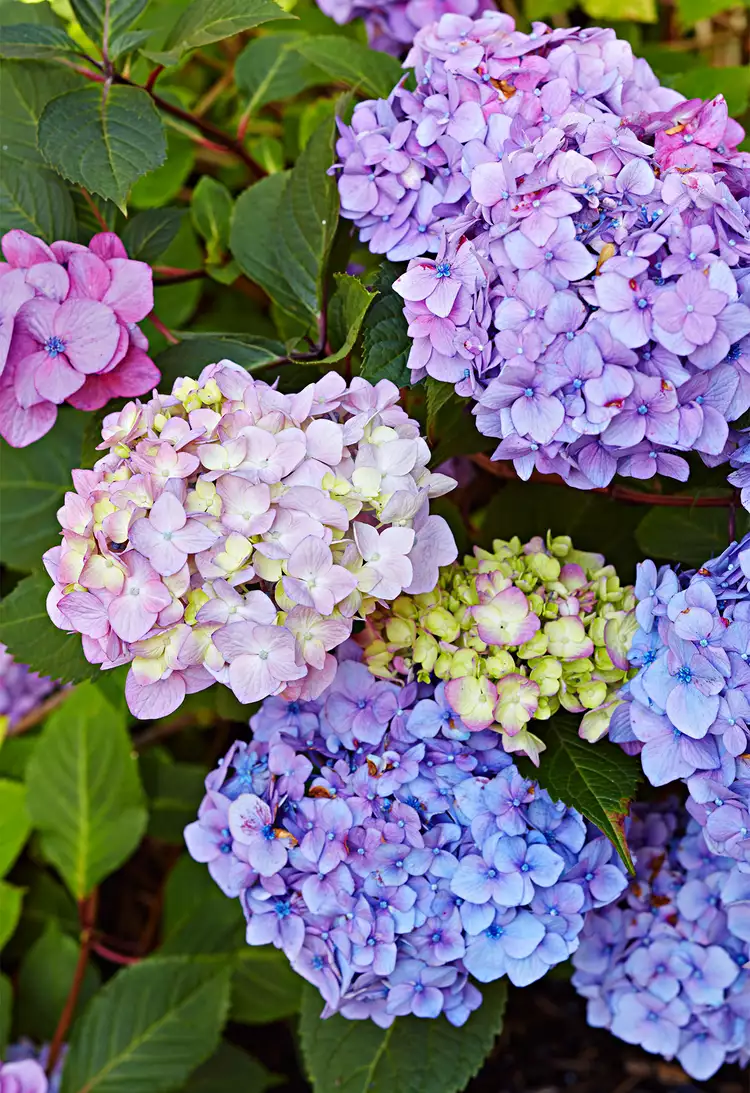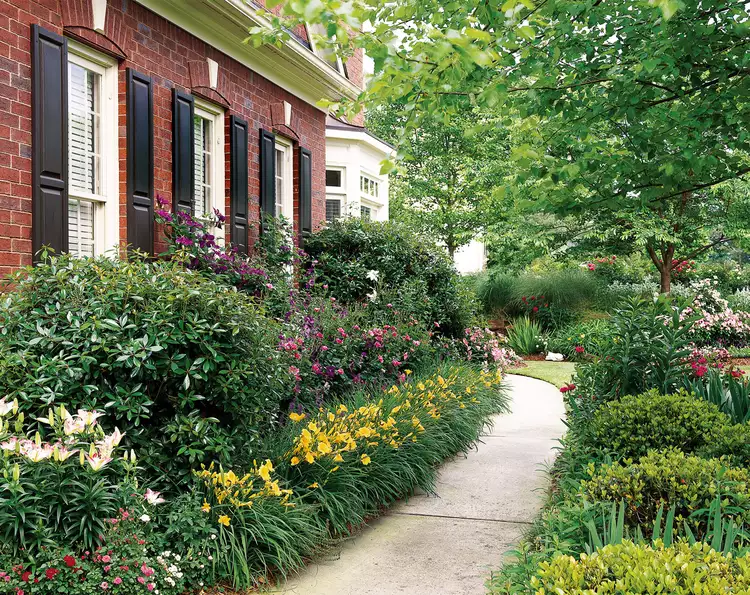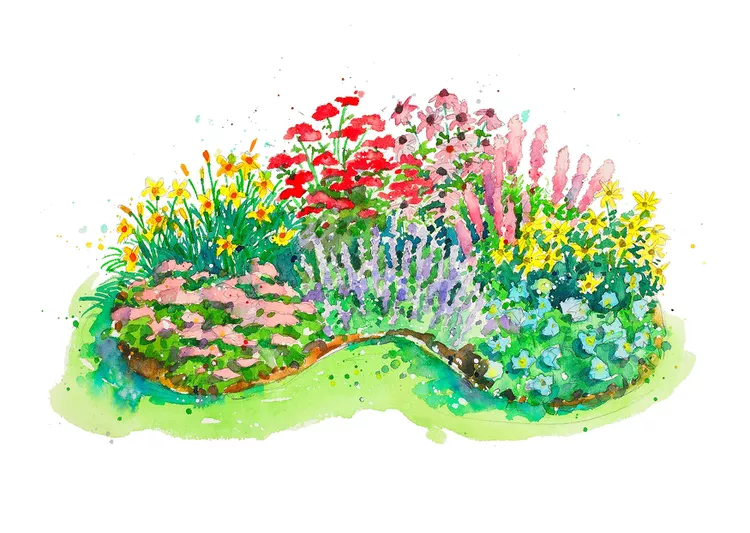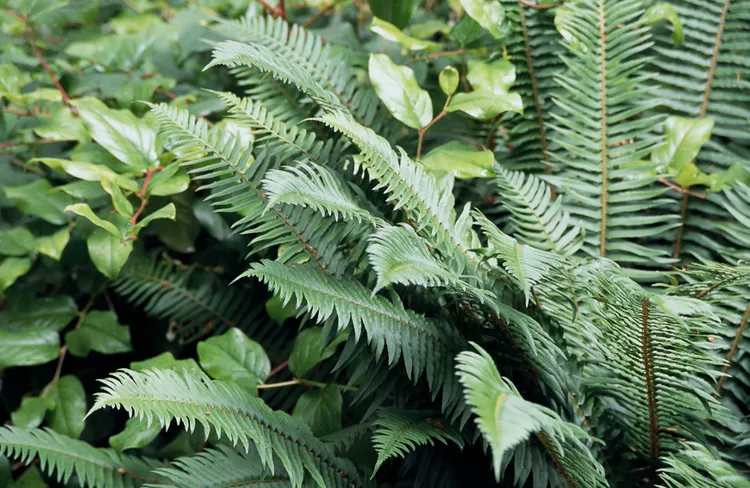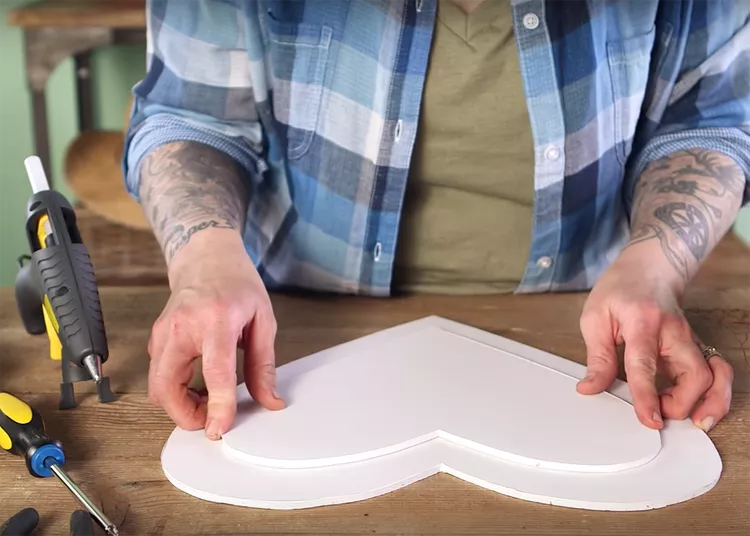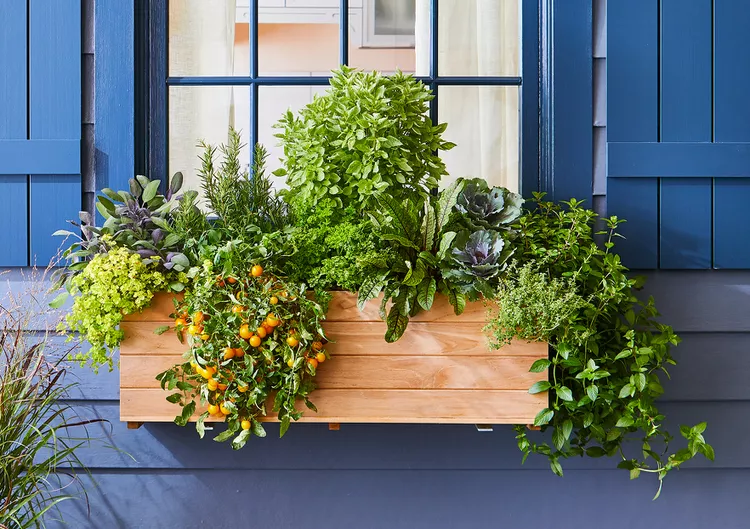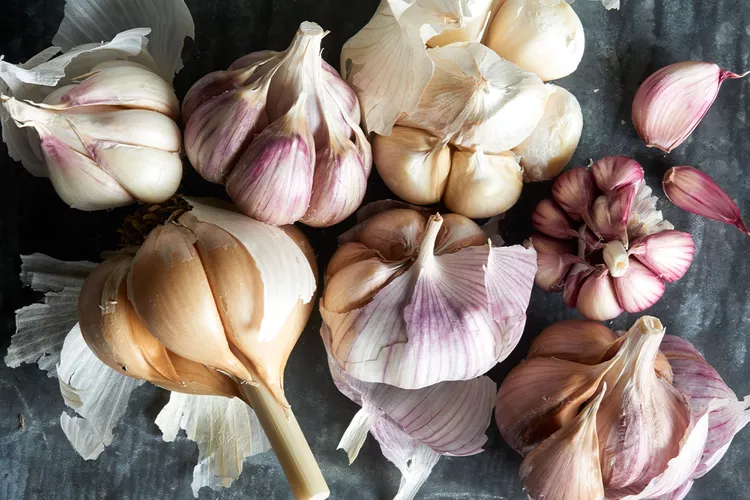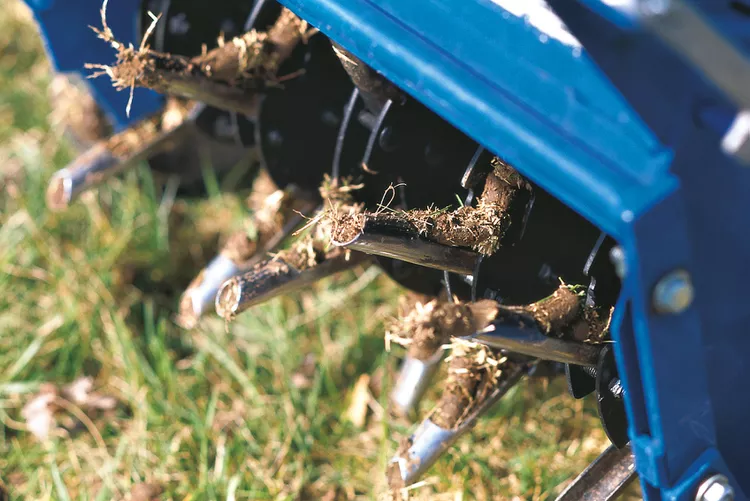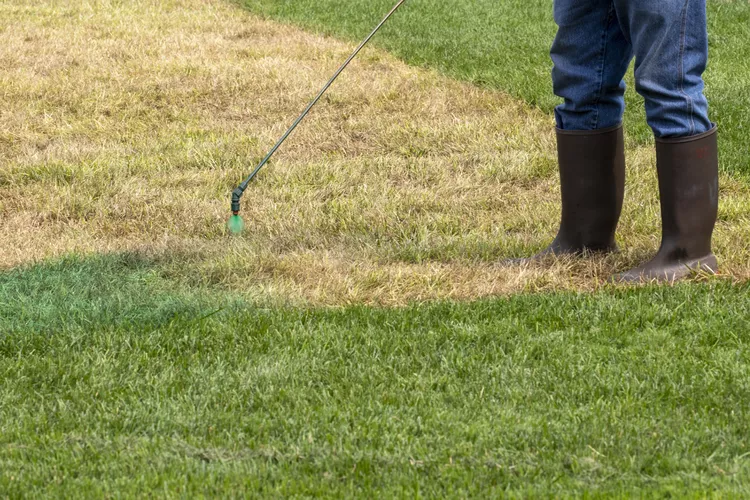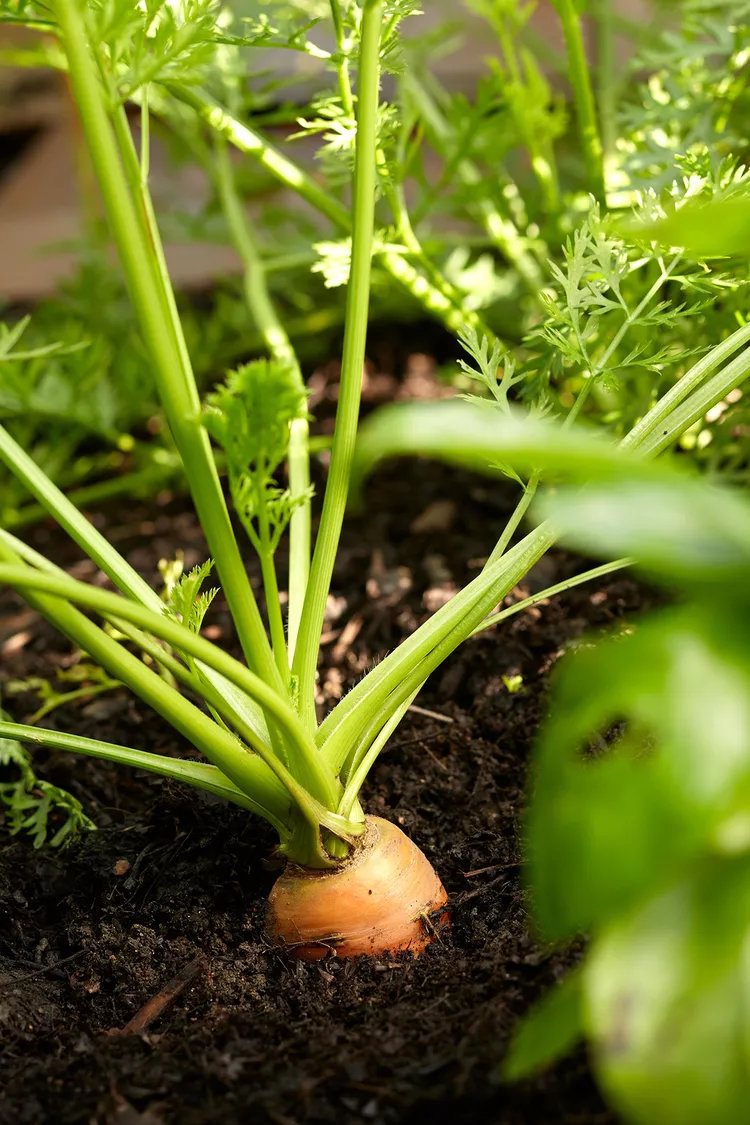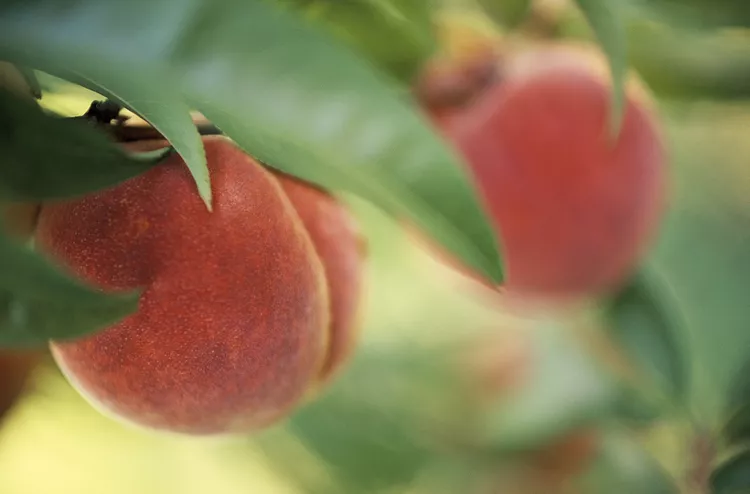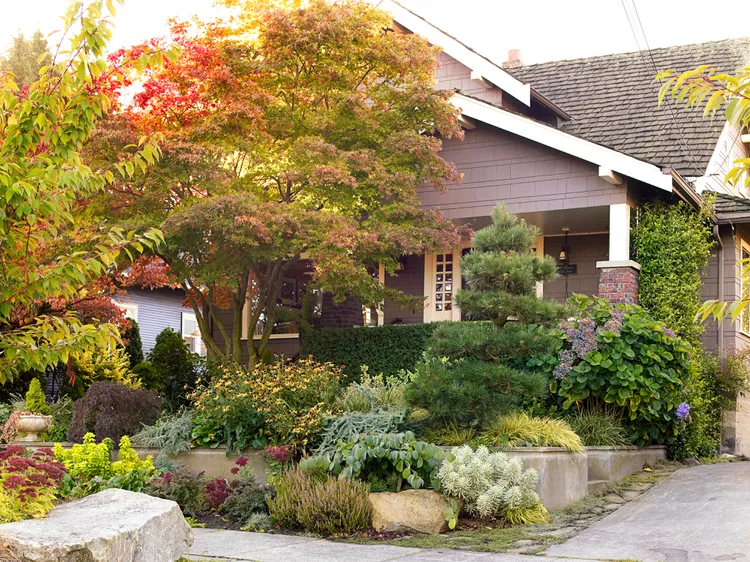A long-time favorite for beginners and houseplant enthusiasts alike, the prayer plant (Maranta leuconeura) gets its name from how the leaves fold up at night, opening and drooping in sync with a circadian rhythm. With some imagination, the leaves look like hands folded in prayer, symbolizing gratitude.
Multiple cultivars with colorful leaves and unique patterns are worthy of addition to houseplant collections. Fortunately, most available plants are from one species and a few hybrids, meaning their cultivation is roughly the same, regardless of which plant you choose.
While popular in the trade, these beautiful Brazilian natives can be somewhat tricky to grow in the home environment. They would much rather grow in a humid greenhouse due to their tropical origins. However, you can grow prayer plants like a pro with a few simple tips.
Prayer plant Overview
| Genus Name | Maranta leuconeura |
| Common Name | Prayer plant |
| Plant Type | Houseplant, Perennial |
| Light | Part Sun |
| Height | 6 to 18 inches |
| Width | 6 to 24 inches |
| Flower Color | Purple, White |
| Foliage Color | Blue/Green, Chartreuse/Gold, Purple/Burgundy |
| Zones | 10, 11 |
| Propagation | Stem Cuttings |
Where to Grow Prayer Plant
Prayer plants do best in bright, indirect light with lots of warmth and humidity, which makes kitchens and bathrooms excellent places to grow them. Avoid placing the plants near heaters, air conditioners, fans, and drafty windows.
How and When to Plant Prayer Plant
Plant nursery-grown prayer plants during their active growing season in spring or early summer. This helps ensure the plants can grow through any damage that might occur during the process. Pot the plants in a container one size bigger than the nursery pot to avoid over-potting, which can lead to root rot and other problems.
Prayer Plant Care Tips
Light
As with many houseplants that hail from tropical environments, prayer plants prefer bright, indirect light, similar to their densely wooded native habitat. Plants should be placed near windows, just out of direct sunlight. Given too much light, prayer plants will fade or burn.
Soil and Water
Prayer plants thrive in soil with excellent drainage. Standard potting soil mix works well, but soil mixes high in water-retentive sphagnum moss can be improved by adding perlite. Mix one-quarter perlite with three-quarters potting soil.
Provide your plant with constant moisture, but do not allow the soil to become waterlogged—especially in cooler conditions. Prayer plants sometimes slow down growth and go dormant. Let the soil dry a bit more to avoid rotting when this happens.
Temperature and Humidity
Outside of greenhouses, prayer plants do well in bathrooms and kitchens, where humidity and temperatures are often higher than in the rest of the house. Lower temperatures slow the plants' growth and can lead to root rot. Low humidity also affects the plants, leading to dull leaves and browning edges.
Fertilizer
Fertilize prayer plants about once a month while the plants are actively growing. Use an all-purpose water-soluble mix during your regular watering regimen, and be sure to thoroughly wet the entire root ball area. Follow the directions on the packaging for the quantity to use.
Pruning
Pruning prayer plants is usually unnecessary and can hinder the growth of your plants. However, dead leaves and stems can be trimmed at any time of the year.
Potting and Repotting Prayer Plant
The best time to pot (or repot) a prayer plant is in spring or early summer. Choose a pot one size larger than the nursery container or previous pot. Prayer plants are slow growers, so they only need to be repotted every two or three years. Remove the plant from its pot, shake to dislodge any loose soil, and repot it in fresh soil.
Pests and Problems
Prayer plants are highly susceptible to root rot. Take care not to overwater plants or allow them to sit in water for long.
Prayer plants and their relatives are also susceptible to a variety of pests, including mealybugs and spider mites. Mealybugs can occur year-round and appear as fuzzy, white clumps, usually on the undersides of leaves, along the stems, or in crevices between the leaves and stems. Use your finger, a paintbrush, or a soft cloth to remove easy-to-reach infestations. Spray hard-to-reach locations with an organic pesticide such as pyrethrin or neem oil.
Spider mites tend to appear on plants during the drier winter months and are first visible as tiny, spiderlike webs across leaves and stems. Larger infestations create a sand-blasted look on the plant’s leaves. Neem oil works to get rid of these pests.
How to Propagate Prayer Plant
Propagation of prayer plants can be done through two primary ways: divisions and cuttings.
Propagate by division:
- Gently remove the plant from the pot and lightly shake to divide off individual plants.
- Use sterilized scissors or shears to cut any connected stems or roots.
- Prepare divided plants for individual pots filled with well-draining potting soil. Plants should have a healthy, white, and fibrous root system.
- Place each division in a pot, lightly pressing down on the soil to eliminate air pockets.
- Water the pots and keep them in a warm, bright location.
Propagate by cuttings:
- Use sterile scissors or shears to remove healthy stems from an existing plant. Cut the stem cuttings no longer than one or two nodes per cutting and remove all but one or two leaves.
- Prepare a mixture of three-quarters perlite to one-quarter potting soil and fill the containers for the cuttings.
- Dip about 1 inch of each stem into a rooting hormone powder.
- Using a pencil or your finger, create a hole large enough to place about a third of the cuttings into the soil, being careful not to remove the rooting hormone. Gently firm the soil around the stem.
- Water the plants and keep them in a warm, humid location with bright lighting. A warming mat may be beneficial.
Types of Prayer Plant
Here are a few prayer plant varieties to look for:
Red Prayer Plant
Maranta leuconeura var. erythroneura, referred to as the red prayer plant, is one of the more common prayer plants. These beauties sport dark green leaves and red veins radiating outward from a light green-blotched central leaf vein. The backside of each leaf is a wine-stained red.
Lemon Lime Prayer Plant
Maranta leuconeura ‘Lemon Lime’ is a variety of the red prayer plant that lacks the red coloring, giving the plant a brighter look. With leaves in lime and lemon colors, it's a good choice for brightening up a neutral space.
Rabbit's Foot Prayer Plant
Maranta leuconeura var. kerchoveana has a light mint green leaf color variation with darker blotching, which has led to its nicknames: "rabbit tracks prayer plant" or "rabbit's foot." It has an understated appearance and contrasts well with other prayer plants.
Variegated Prayer Plant
Maranta leuconeura 'Fantasy' is a hard-to-find cultivar with green and light green variegations and white to cream-colored patches and bands across its leaves.
Black Prayer Plant
Maranta leuconeura 'Massangeana', known as the black prayer plant, produces deep green leaves with silver ribbing but lacks the red veining on the upper side of the leaves so prominent in red prayer plants.
